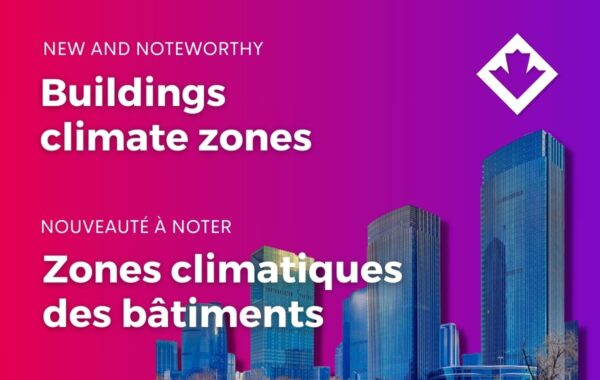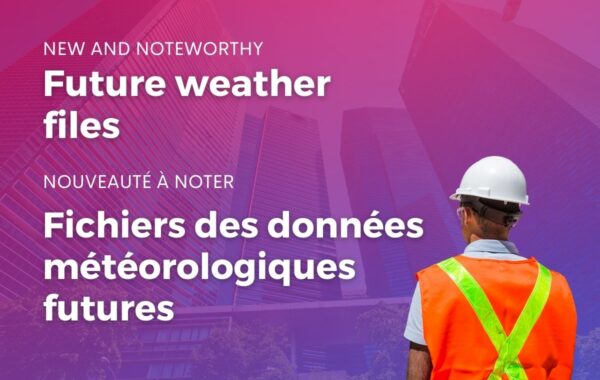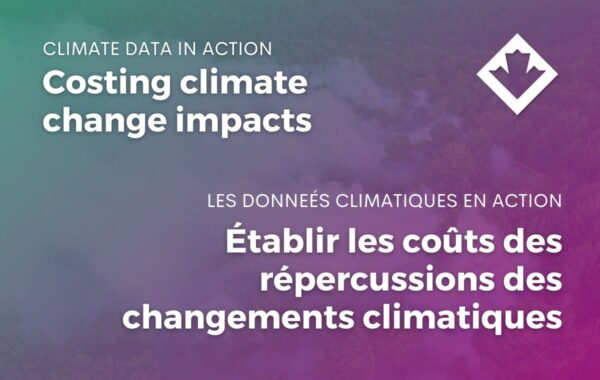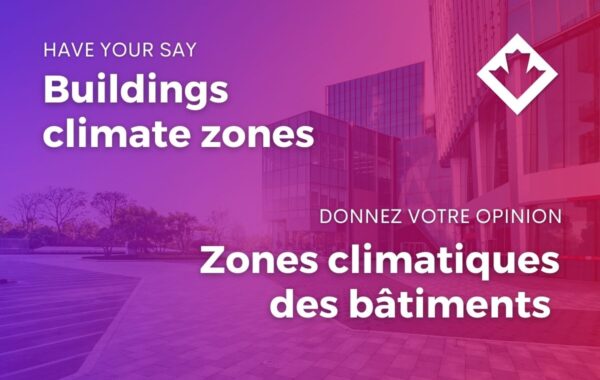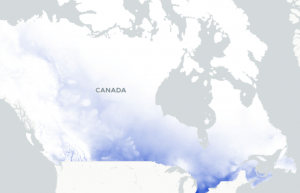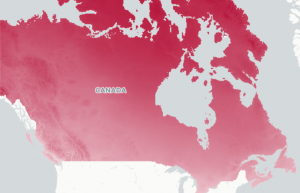Historical values are from the NBCC 2015, Table C-2* while the future values are derived from regional climate model simulations (CanESM2-CanRCM4) and are presented for two levels of global warming 1.5°C and 3°C above the 1986-2016 baseline period.
These summaries are tailored to users who would consult the NBCC as part of their work, for climate-related design and planning needs.
This future-looking information comes with an associated uncertainty, as fully described for each design value element in the CRBCPI.
In brief, Tier 1 variables are those for which there is generally high or very high confidence in the future projections for a given level of global warming. These variables reflect the well-understood thermal response of the climate to external radiative forcing of the Earth system.
- heating degree days
- hourly design temperatures (January 2.5% dry bulb, January 1% dry bulb, July 97.5% dry bulb, and July 97.5% wet bulb)
Tier 2 variables are those for which there is generally medium confidence in the future projections for a given level of global warming.
- annual total precipitation and annual total rainfall
- annual maximum 1-day rain (50-yr return period)
- annual maximum 15-min rainfall (10-yr return period)
Tier 3 variables are those for which there is low or very low confidence in the future projections for a given level of global warming.
- annual maximum hourly wind pressures (10- and 50-yr return periods)
- annual maximum driving rain wind pressures (5-yr return period)
- annual maximum snow load & rain-on-snow load (50-yr return period)
Additional guidance on use of the Design Value Explorer and the associated data can be found in the Learning Zone and under the ‘About’ tab in the tool on PCIC’s website
*Historical values are derived from records prior to 2008 for most variables. At two locations (Pine Falls, MB and Boiestown, NB), historical values were provided by PCIC as these locations had problematic or missing data.


